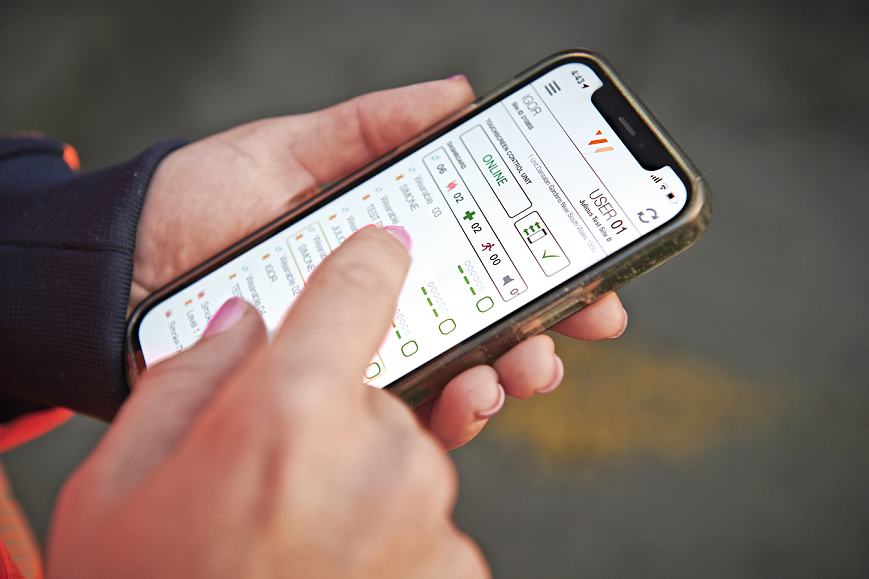Few industries are as dynamic and complex in nature as a construction site. Changes in personnel, multi-disciplinary teams at differing stages, looming deadlines, extended hours and the weather can have a detrimental effect on the safety of workers on site.
There are clear behaviours that if not displayed on site can hinder progress and in extreme cases, pose critical risks to worker safety. Here are three examples of key behaviours:
Consultation. Consultative strategies encouraging workers to address bosses about their concerns begins with safety-centred leadership. Previously, the mindset of meeting deadlines and completing projects on time and on budget, was the primary focus for those in leadership. Although a commercially viable project and its deadlines are important, so to is the willingness to foster a consultative approach between key personnel and workers.
Cooperation. Who is involved within the leadership team of the site or the company? Are they willing to share ideas for initiatives that may improve safety or productivity? A lack of cooperation is one of the major blockers of progress and a possible hazard to safety. Senior managers especially if present on site, are the most visible and influential drivers of site safety. Therefore if the level of cooperation is high between the working parties on site, the higher the chance of creating a culture that encourages safer working practices.
Communication. High-performing cultures particularly in the construction industry, create guidelines that ensure policies about safety are followed. Key personnel can positively contribute to their workplace culture by checking in with site workers. One of the best ways to prevent a potential accident on site is to be aware of the constant change in surroundings.
Certain guidelines regarding site safety may be formal and found within company policies such as wearing a hard hat. Another way is to "circulate and speak" to workers. As informal as it is, it may be the difference in identifying and minimising risk. The other benefit of this type of visibility is to maintain a level of approachability amongst the various teams on site.
How proactive is your culture of safety on your site?
Sites that do their best to align their behaviours with a "safety first" approach are able to maintain the progress of their projects and keep morale high amongst their personnel.
A win for the project and a win for worker safety!


